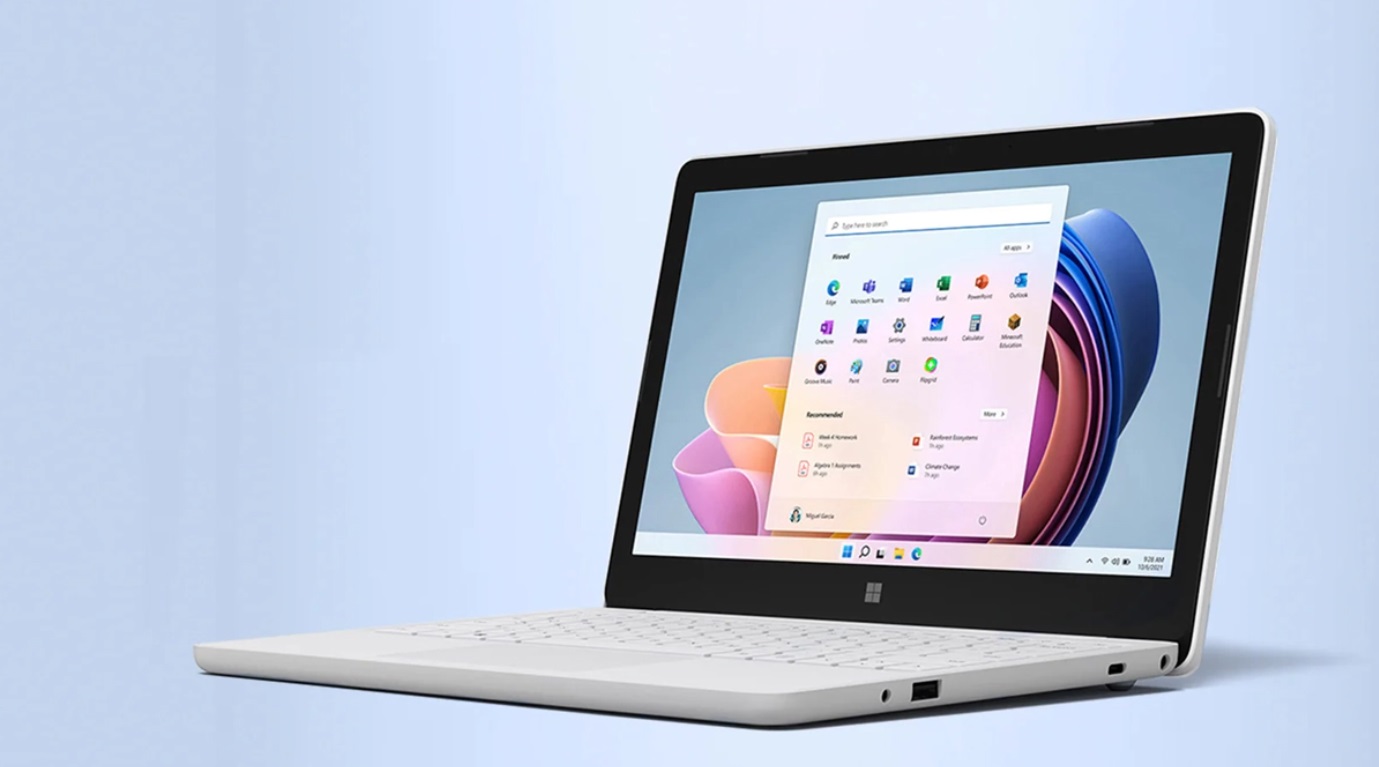
We recommend you wait until your device has been offered the upgrade to Windows 11 before you use the Installation Assistant. Use the Installation Assistant to upgrade Other ways to install Windows 11 (not recommended) If you’re upgrading from Windows 10, we recommend you wait until you're notified through Windows Update that the upgrade is ready for your device. To check if Windows 11 is ready for your device, select Start > Settings > Update & Security > Windows Update > Check for updates.įor known issues that might affect your device, you can also check the Windows release health hub. For more info, see Installing Windows 11 on devices that don't meet minimum system requirements. We do not recommend installing Windows 11 on a device that doesn't meet requirements. If your device is currently running Windows 10, we recommend you verify the minimum system requirements using the PC Health Check app.

Make sure the device you want to install Windows 11 on meets the minimum system requirements. Find Windows 11 specs, features, and computer requirements Before you begin System requirements to experience some Windows 11 features and apps will exceed the Windows 11 minimum system requirements.

Some Windows 10 features aren't available in Windows 11. Microsoft seems to agree, as you can't even find the 4GB model of the Surface Laptop Go 2 on Best Buy's website.Note: To upgrade to Windows 11, devices should meet the Windows 11 minimum system requirements. Windows 11 has some features that use more resources, like the Widgets panel and Microsoft Teams integration, so 4GB of RAM is starting to be a little too low, even for a base configuration.

With Windows 10, that was still double the minimum requirement for the OS, but with Windows 11, it just barely matches that minimum requirement. Microsoft's Go series is focused on offering more affordable experiences, and because of that, they've always featured 4GB of RAM in the base configuration. Again, this is more wishful thinking than it is a realistic expectation. In fact, the Surface Laptop Go 2's resolution is still below Full HD, and we hope Microsoft will aim a little higher with the next iteration. However, with the premium Surface Laptop series, it's only ever had 201 PPI, and the Surface Laptop Go 2 only has a low 148 PPI. With the Surface Pro lineup, Microsoft has always used extremely sharp screens considering their size, aiming for a pixel density of 267 PPI (pixels per inch). Something similar applies to the display.


 0 kommentar(er)
0 kommentar(er)
